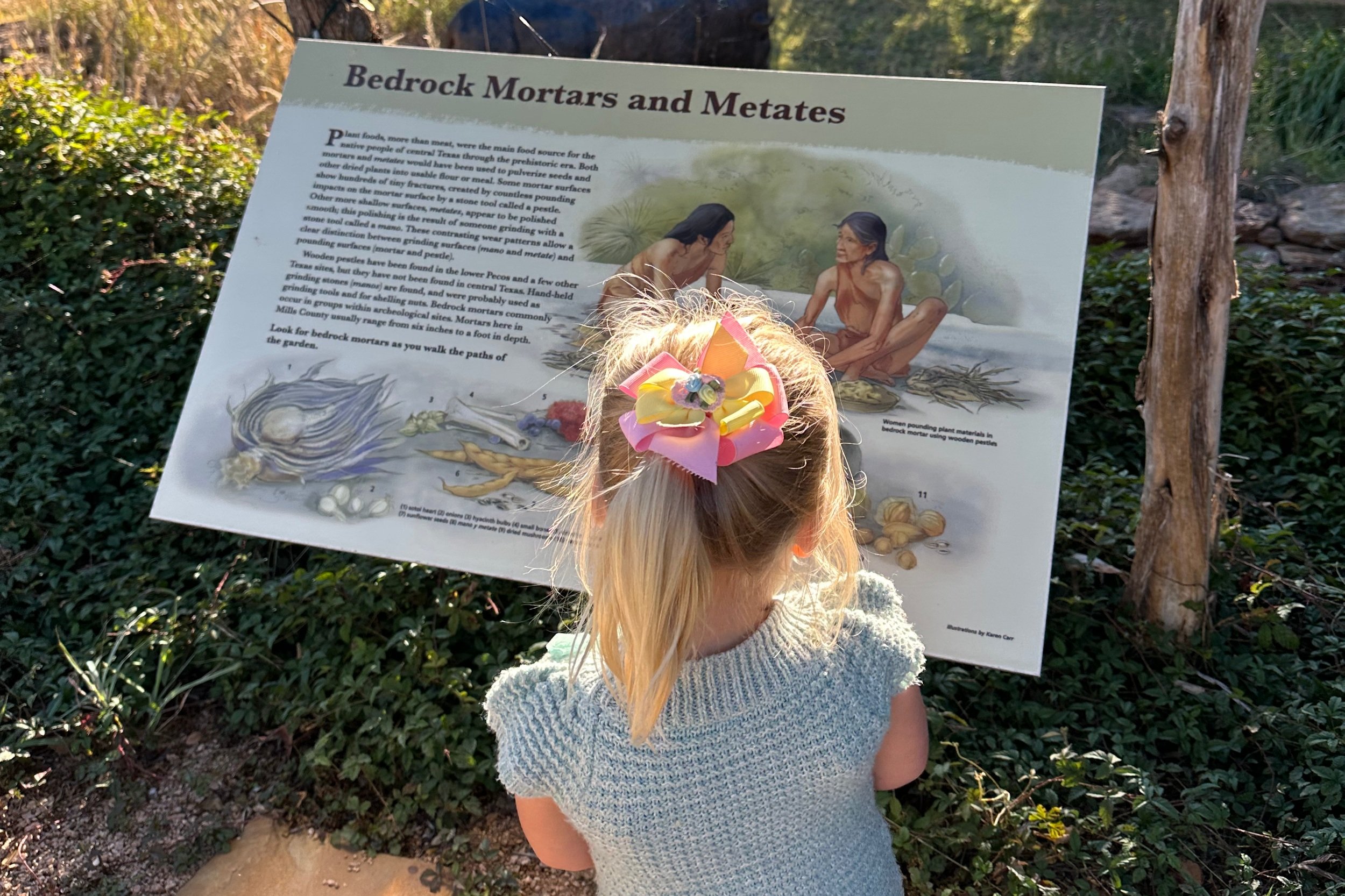Interpretation
Interpretation helps visitors appreciate how parks and resources are relevant to important values in their lives. It’s how we reveal the deeper significance of a site and plant seeds of stewardship. When we’re wildly successful, visitors of all backgrounds understand that natural, cultural, and recreational resources are integral to their everyday lives.
-
Interpretive Signage
Interpretive signs speak to your visitors when you can’t.

-
Interpretive Direction
Interpretive products and programs are built on the solid foundation of Interpretive Direction

-
Guided Connections
Provide consistent roving, traditional in-person, and distance learning programs.

-
Self-Guided Discovery
Self-guided tools help visitors explore and appreciate when we can’t be there.

-
Interpretive Training
Establish interpretive standards for your site and create a culture where interpreters seek mastery.

-
10 Essential Visitor Services
Challenge all staff members and volunteers to participate in these essential interpretive skills.

-
Captive Audiences
Audiences held captive by the systems of our sites can sometimes be those more likely to benefit from interpretation.

-
Exhibits and Nature Centers
When we can afford them, exhibits and nature centers are an interpretive tool and a destination.

